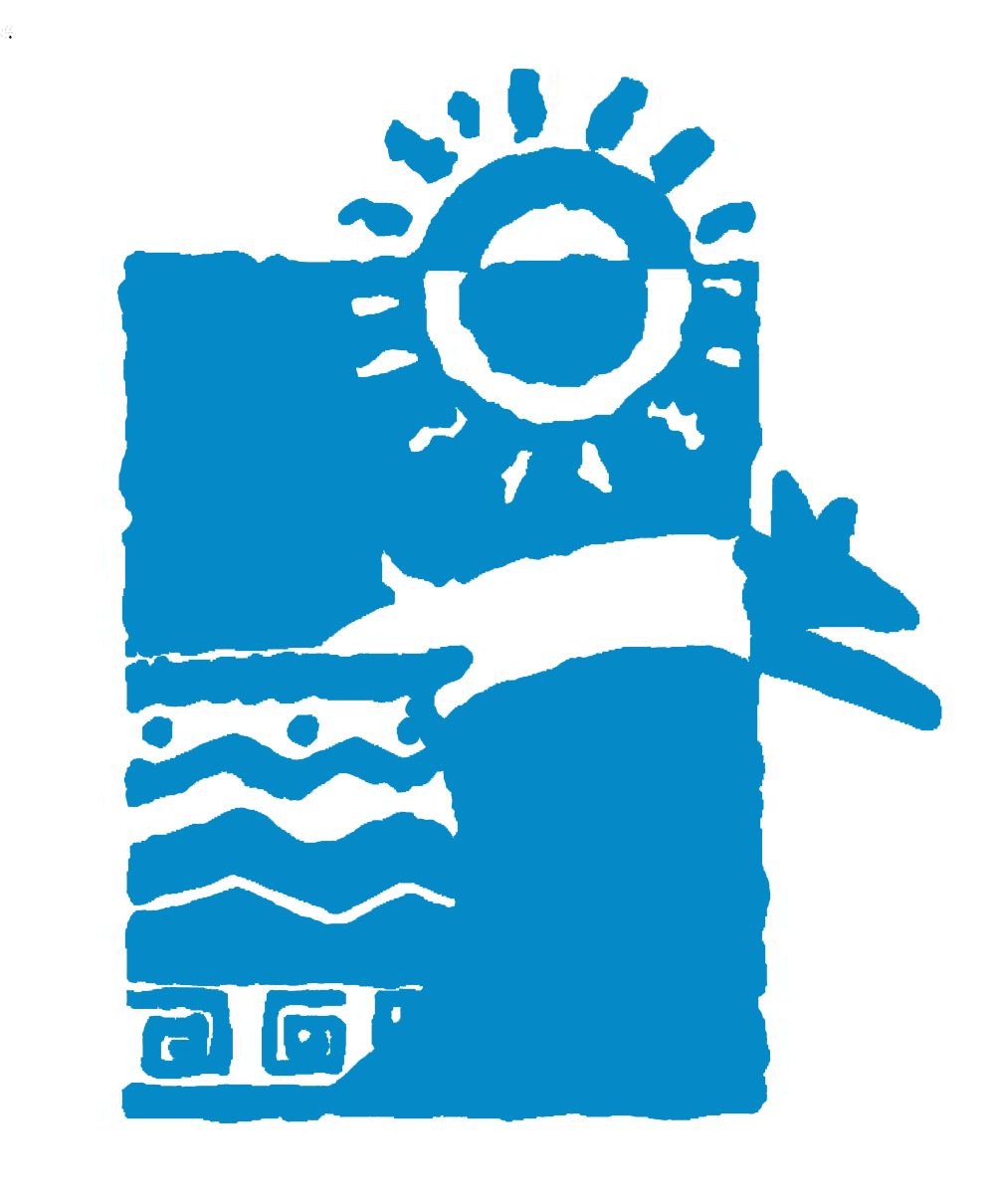[Source: Peter Corbett, azcentral.com]
Scottsdale is expected to be among the bidders next month for 2,000 acres of state trust land that has been appraised at $44.1 million.
The Arizona State Land Department has scheduled an auction Oct. 15 for the acreage in the Granite Mountain area of northern Scottsdale.
It is a desert area northeast of Troon North between the alignments of Lone Mountain Road and Dixileta Drive and roughly between 96th to 130th streets.
The property is zoned for single-family homes on lots of about 5 acres with other environmental restrictions.
Kroy Ekblaw, Scottsdale preserve director, said the city and the State Land Department have not had any contact with builders interested in bidding on the trust land.
The undulating terrain includes thick stands of desert vegetation, washes and exposed boulder outcropping, he said.
“There are challenges with development in bringing water and sewer services to the area,” Ekblaw said.
Scottsdale has long targeted the area for its McDowell Sonoran Preserve.
The city applied this summer for a grant from Arizona’s Growing Smarter conservation fund to split the cost of the state land, which is priced at $22,043 per acre.
Awaiting grant approval
Last month, the Conservation Acquisition Board, an advisory panel of the Arizona State Parks Board, recommended approval of a matching grant for Scottsdale of up to $25 million.
The Parks Board is scheduled to decide on the grant at its Sept. 15 meeting.
It also will decide on matching grants for Phoenix and Coconino County for land conservation through the Growing Smarter fund.
In a separate auction Oct. 15, Phoenix will be bidding for 1,139 acres of state trust land in northeastern Phoenix.
The parcel, appraised at $25.8 million, is between Lone Mountain and Dove Valley roads from Seventh to 24th streets.
Phoenix wants the land for its Sonoran Preserve. It is seeking to split the cost by acquiring a grant from the Growing Smarter conservation fund.
Coconino County wants funding to acquire the 2,249-acre Rogers Lake Preserve southwest of Flagstaff for $11.75 million.
That state trust land is up for auction Nov. 1.
Land fund may disappear
Scottsdale, Phoenix and Coconino County are tapping into the $123 million conservation fund before it potentially disappears.
If voters approve Proposition 301 on Nov. 2, the state will transfer what’s left of the conservation money to the general fund to balance its budget.
Conservation groups are opposing the raid on conservation funds. Voters approved the Growing Smarter initiative in 1998 to help communities buy land for conservation and to slow urban sprawl.
Scottsdale’s last acquisition for the McDowell Sonoran Preserve was in December when it paid $6.5 million at auction for 400 acres of state trust land north of DC Ranch.
The city has about 15,000 acres in the preserve with a goal to conserve 36,000 acres of desert and mountain terrain.

